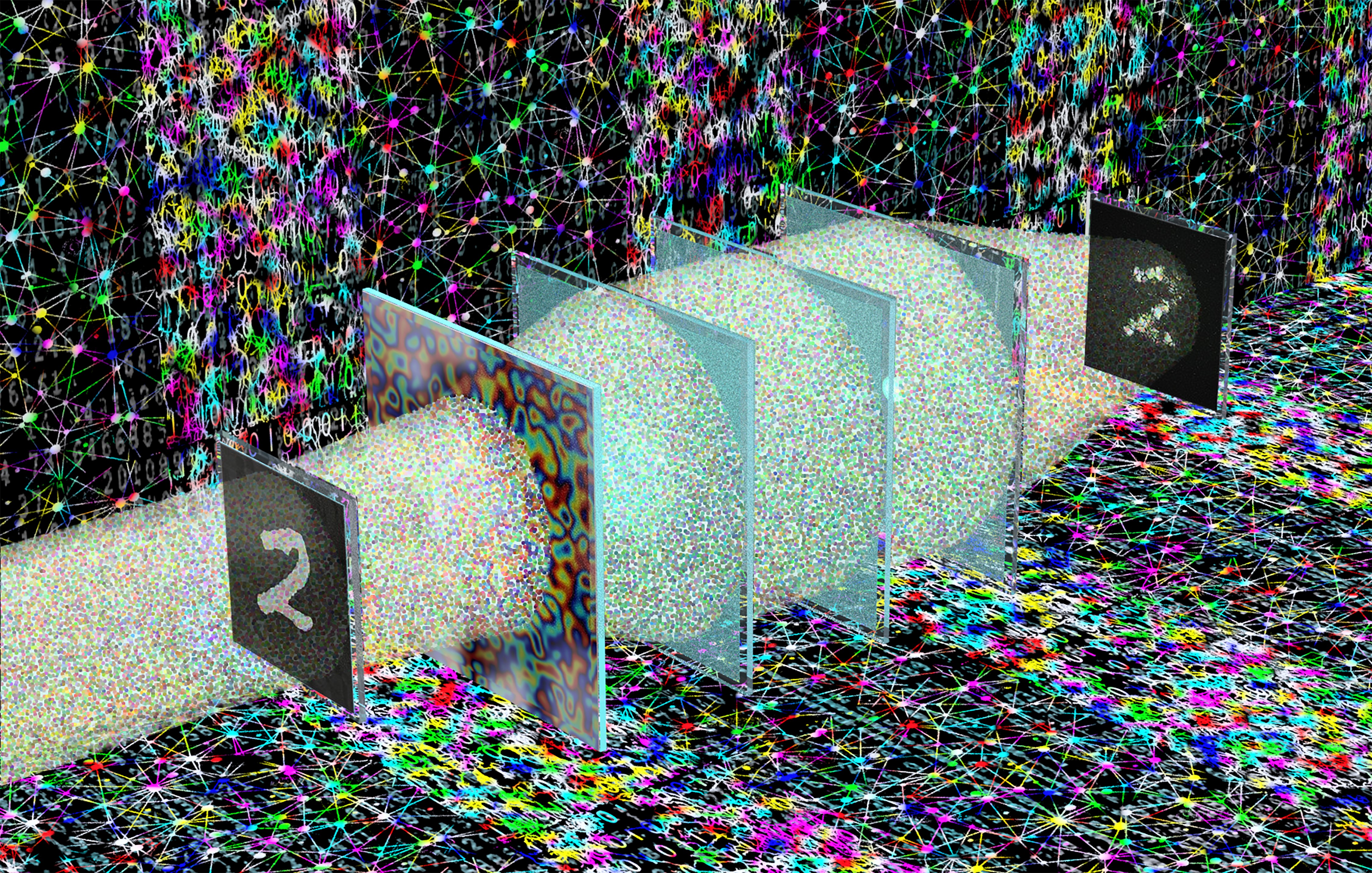Summary:
UCLA researchers in the department of Electrical and Computer Engineering have developed an all optics-based system that can perform image reconstruction at the speed of light for images distorted by light scattering and diffusion.
Background:
Imaging is an essential technique for everything from biomedical optics and atmospheric physics to autonomous systems and robotics. Rarely though is there absolutely nothing between the optical sensor and the object being detected. Obstacles in between the sensor and object lead to light scattering. This scatter can come from diffusive media which can be as simple as cloudy solutions, water vapor or dirty optics. Scatter can have serious impact on image quality and can severely decrease the accuracy of object detection.
Digital approaches exist for repairing this scatter to improve image quality. These approaches can be statistical or deep learning methods. Unfortunately, there is no clear simple solution that is generalizable to changes in the light scattering. Due to this, recent developments have included optical methods that adapt to minimize and recover information lost due to scatter. These adaptive approaches are not all-optical and require a computer to control the hardware which can be slow due to the processing time and the communication between the computer and the optics. This becomes a real-world issue when optical systems need to work at high rates of image acquisition like in robotics and computer vision. There is a clear and pressing need for approaches which can reconstruct these distorted images at the blinding speeds needed by modern and future automated computer vision systems.
Innovation:
Researchers at UCLA have developed a purely optical solution to recover these distorted images, which is generalizable even when the source of the distortion changes. By working purely with optics this approach works at the speed of light and does not require digital communication or power. This all-optical approach is an improvement which is orders of magnitude faster than digital approaches and adaptive optics.

Potential Applications:
• Computer Vision
• Robotics
• Automated Systems
• Oceanography
• Imaging
• Defense and security
Advantages:
• Works at the speed of light
• Robust to changes in diffusive media
• All-optical
• Does not require hardware
Relevant Publication:
Luo, Y., Zhao, Y., Li, J. et al. Computational imaging without a computer: seeing through random diffusers at the speed of light. eLight 2, 4 (2022). https://doi.org/10.1186/s43593-022-00012-4
Development to Date:
A successful demonstration of the technology has been performed both simulated and experimentally to show that the technology can accurately reconstruct images that have been distorted by a variety of diffusive media.